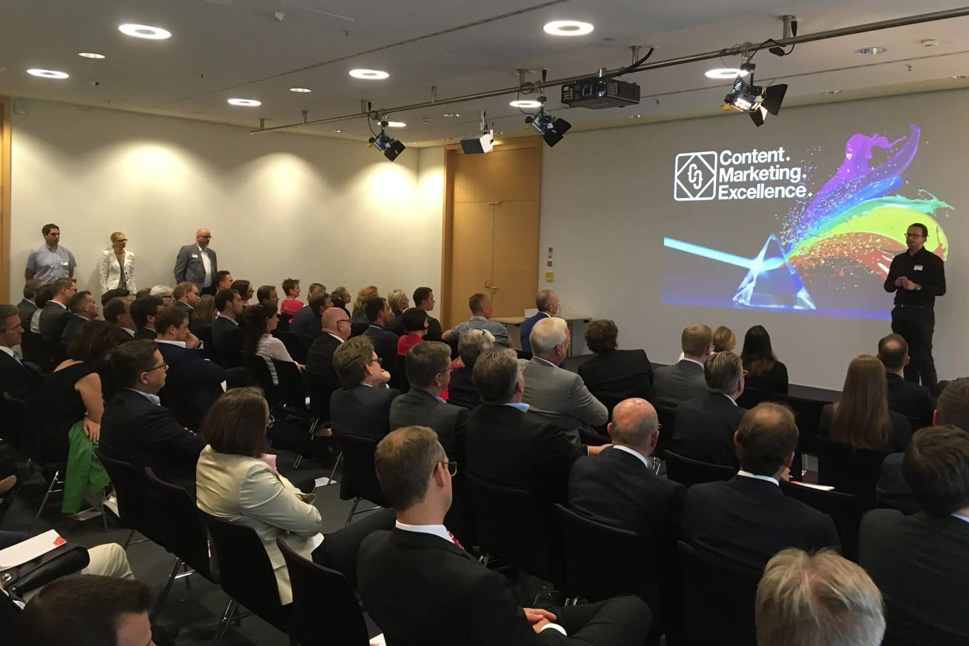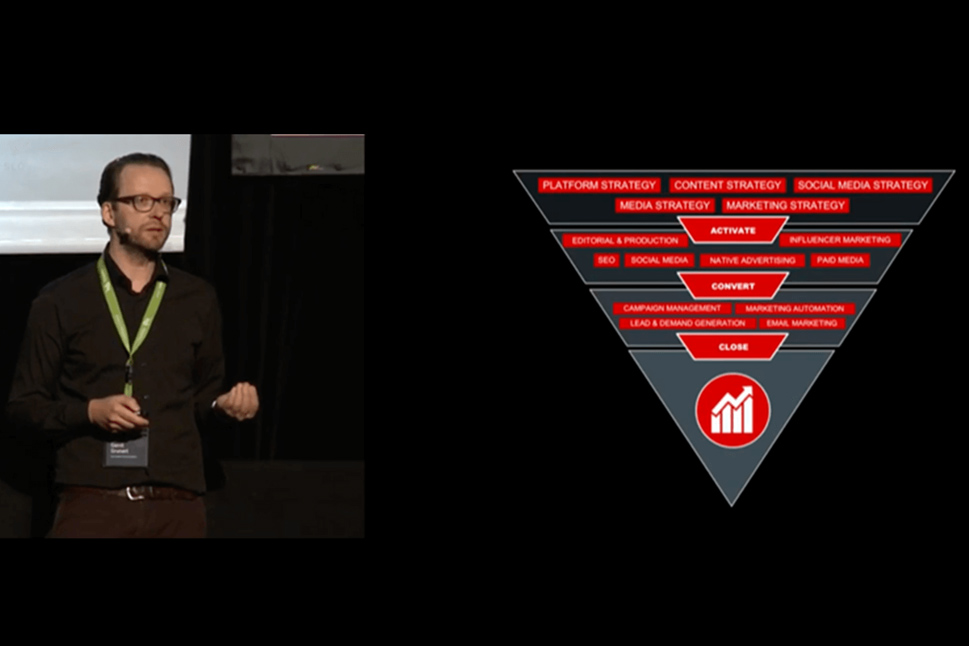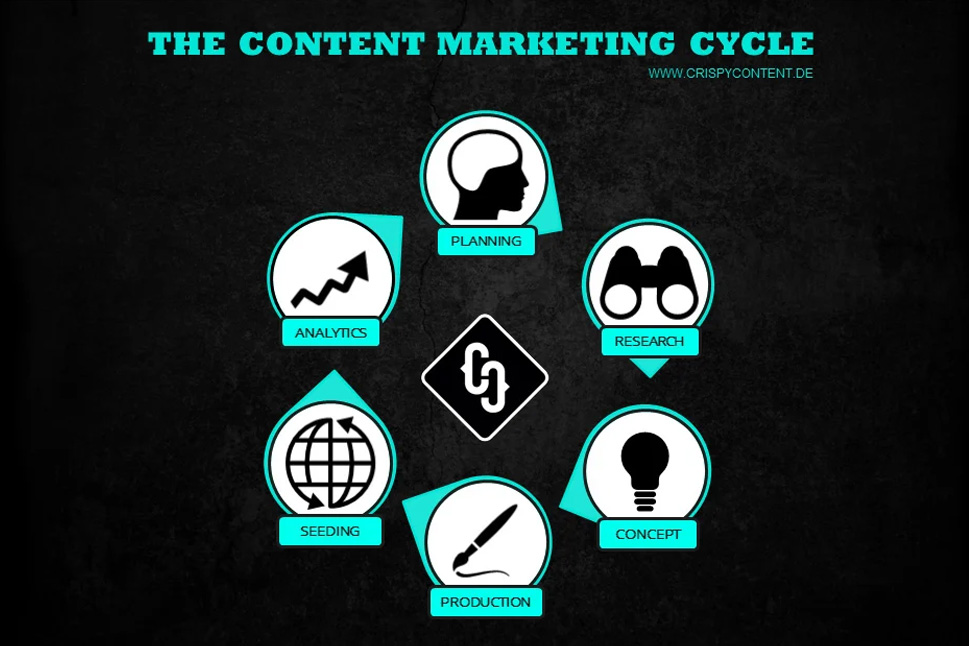The digital transformation of the PR Agency
Last updated on November 21, 2021 at 06:34 AM.When should a traditional, conservative and conventional marketing discipline such as Public Relations be open to new digital trends? At the very latest when long-established PR agencies lose pitches against influencer marketing agencies from Berlin’s backyards. Stated oppositely: can influencer marketing agencies from Berlin’s backyards learn something from these long-established PR agencies? Most definitely: tricks of the trade. In this article, we reveal how these brothers and sisters in spirit can actually profit from one another.

Rewind!
The PR industry feels like it's literally hundreds of years old. Regardless of the topic, it focuses on the same topic: to present a certain topic in such a manner that it reaches the widest and most suitable audience with the help of selected distribution channels.
Even if the main goal of traditional PR agencies hasn’t really changed, the surrounding media landscape has.
Many magazines came and went, some of them survived as digital avatars. Companies like Red Bull Media House have begun to function as public mediators in service to their own brand, and people like Kim Kardashian who today reaches more people with a single post than the entire Bild magazine can reach in one issue across all of Germany.
As the audience changes, so too does the message.
Another era
Back in 1990, a PR Manager might have a Rolo deck on his desk with fifty of the most important decision-makers, but nowadays this won’t help. The decision-makers are no longer Kai Dieckmann or Stefan Niggemeier, rather their names are something like Rezo or AlexiBexi. These are people who have never met PR popes like Albert Oeckl, and even if they had, they wouldn’t have bothered to shake his hand. The influence on public opinion has been democratized, for better or worse.
The mechanics for influencing opinions have remained the same, only the tools have changed. Rolo decks, landlines and champagne-filled receptions are now dull. Nowadays, the winner is the one who uses special listening tools to identify the appropriate contacts amongst the sea of countless influencers, records them and then matches them with the appropriate content. Individualized contact has been turned into a data-driven media management game.
New competitors
Those who doesn’t come from the PR industry won’t be surprised by these trends. Social media marketers and SEO specialists have taken control of these ancestral methodologies and provide companies with services they can hardly refuse: positioning through the generation of limitless digital visibility and reach. Maybe these digital experts aren’t the most elegant of communicators and they aren’t even the most talented of workers. They simply have honed in on their craft to be able to deliver impressive results to customers that are used directly for sales - if this already exists.
For emphasis:
“Anyone who hasn’t hired a digital expert yesterday can close down his PR shack today.”
The model of transformation
So, those who have given new chances and possibilities for digitalisation a timely embrace, have integrated these methods into PR and have developed the appropriate processes for combining topics from multiple touchpoints relevant to the target market.
What sounds so complex in this is actually only three elements of the same thing that result in success: the right content, set in motion by scalable processes in technical infrastructures.
This is good news for every agency who have built their systems around digital communication with staff, technology and knowledge that provide the same sort of conversation for journalists and search query analysis. These are agencies that understand, create and react, no matter whether in a four-way conversation or in the comment section on Instagram.
The transformation of the PR Agency
Every agency has the possibility to transform itself. And yes, it is a transformation to go from PR agency to digital marketing agency. Due to time and competitor constraints a lot of focused and conscious movements must be made. This is the route they have to take:
1. Break up silos
This is a common demand that often ends in a complete disaster. What’s usually missing is a structure that meets business needs. The structure of a transformed agency can be derived from a model for the conversion funnel. Image that the highest goal that PR can achieve is the generation of visibility. From a sales perspective, it’s simply “visibility to underqualified potential customers” that supposedly will provide revenue to both the contracted company and the one who needs advertising. However, this is the task of marketing, not PR.
PR functions as a supplier of marketing. It delivers something that sales-based marketing can’t: access to high-reach multipliers with whom long-term relationships are formed. While marketing uses anonymous user-based content marketing methods in order to distinguish sales leads and strengthen campaign success, PR focuses instead on having an impact on this effect.
Such a transformation doesn’t mean an agency needs to be entirely restructured, rather there should be more interest and appreciation for what the colleagues from other departments do, as well as the connection between these individual units that already exist within an agency. It should encompass mutual growth and above all, the will to actually integrated this work.
2. Make the agency brand more attractive for digital talent
One thing is clear: if we have to retrain existing employees, we lose time, money and potential some employees who refuse transformation. This is why we need ready, educated talent that are recruited with headhunters. So what can we actually offer these digital talents?
Take a look at the standards of Dmexco (not Online Marketing Rockstars, which is too much event and too little business), as well types unlike those of Google and Adobe. There it’s easy to find educated SEO experts and performance marketers that earn money, but are certainly no Cannes, no Golden Lion and have no value brand nor a chance to actively undergo a transformation. Your current employees has no reason to transform anything there anyways.
Instead, we should put our jewels in a shop window display - those that inspire a need for talent. PR agencies with the will to transform have exactly these assets.
3. Developing and implementing training programs for digital topics
A successful hire is only labelled as such as long as the new talent is happy and continues to deliver. In the same manner that the digital landscape is continuing to develop, so too is the intrinsic demand for further training. No coaching, no workshops for thousands of euros, but rather flat-rates for online academies like Udacity or Iversity.
This is true not only for newly hired employees, but also for current employees who are eager to transform. However, because the starting point is much less consistent than with new additions, further training courses will create confusion instead of filling up empty spaces. Here we recommend a more active approach such as blended learning: a mix of in person and online training. An important prerequisite is that these conditions also are transferable for everyday use, i.e. tutorials, checklists, templates and example information.
4. Transformed pitches
When it comes to pitching, this means for example, that a pitch request to the digital marketing team verifies whether PR power alone can provide the critical leverage that drives the masses in a performance-driven project to move. Vice versa: if the PR department receives a pitch request for traditional PR, the idea using help from digital marketers with forecasting return on investment is likely to be the brilliant idea that convinces the bidding company - because we have to consider the entire company and its purpose.
This is the present
Thanks to collaborative software, it no longer matters whether the traditional PR team is in Munich, Hamburg or Cologne while the content marketer is located in Berlin. The basics for the work are already in place. In addition, the market has access to an ever-increasing amount of tools for monitoring and evaluating user data, that even beginners can understand and even the user data itself, well, thanks for Facebook, Google and needy users themselves it readily available.
It is all there. Now it is only up to you.
>> Gerrit’s new book “Methodical Content Marketing” covers these topics and more with detailed explanations – at the moment German language only.
 Gerrit Grunert
Gerrit Grunert
Gerrit Grunert is the founder and CEO of Crispy Content®. In 2019, he published his book "Methodical Content Marketing" published by Springer Gabler, as well as the series of online courses "Making Content." In his free time, Gerrit is a passionate guitar collector, likes reading books by Stefan Zweig, and listening to music from the day before yesterday.
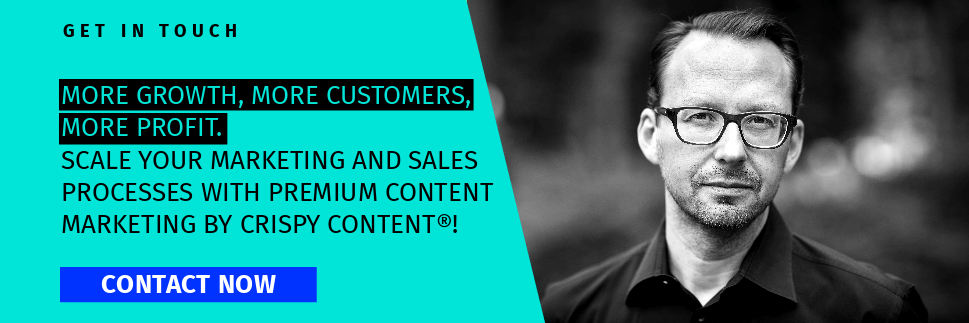








.png)











.jpg)

-1.jpg)

-1.jpg)
.jpg)



.jpg)













.jpg)







.jpg)


























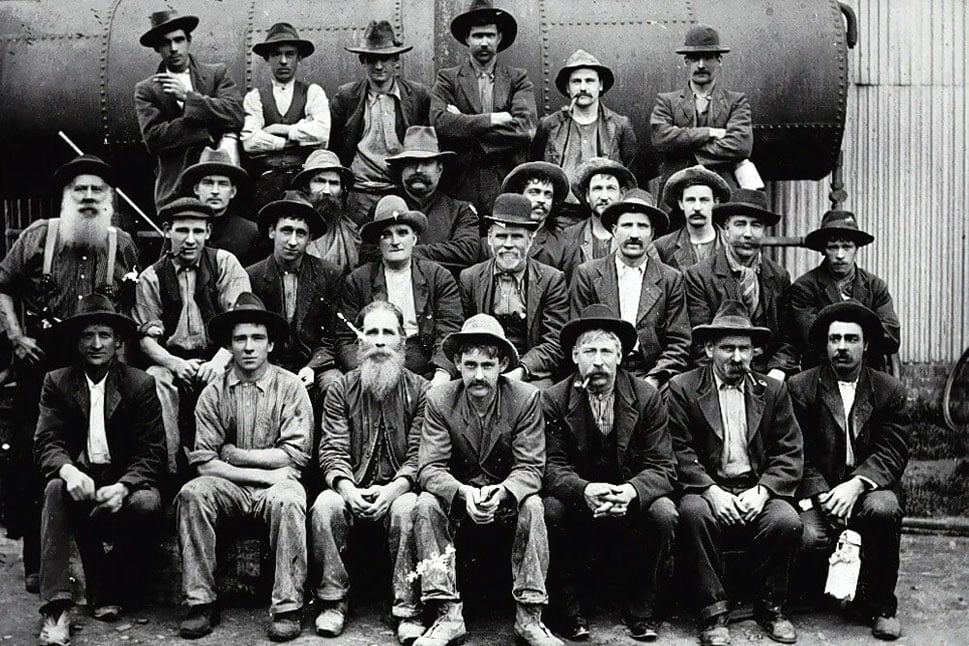






.jpg)
















